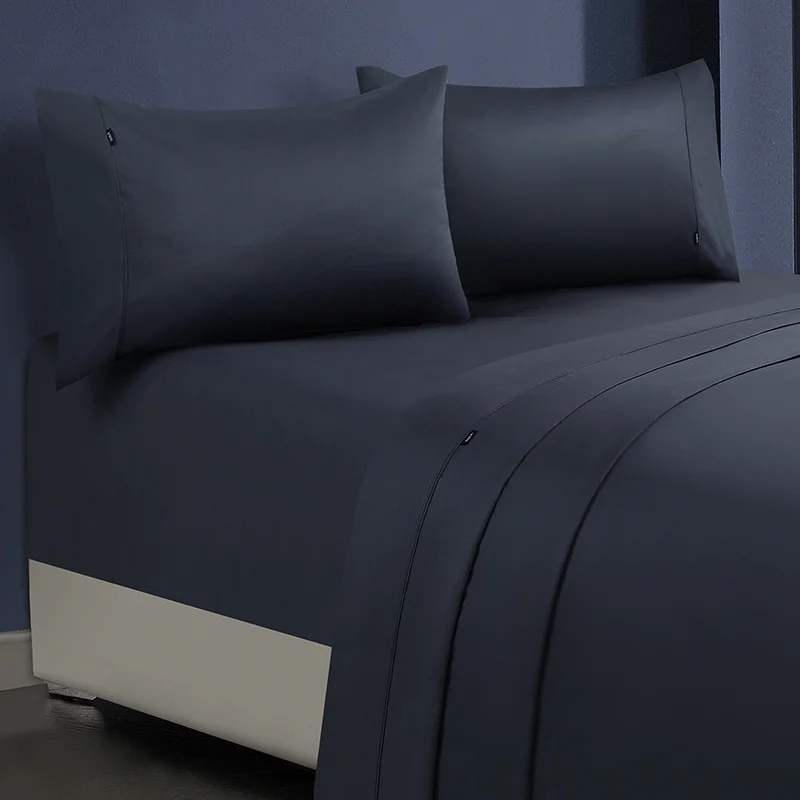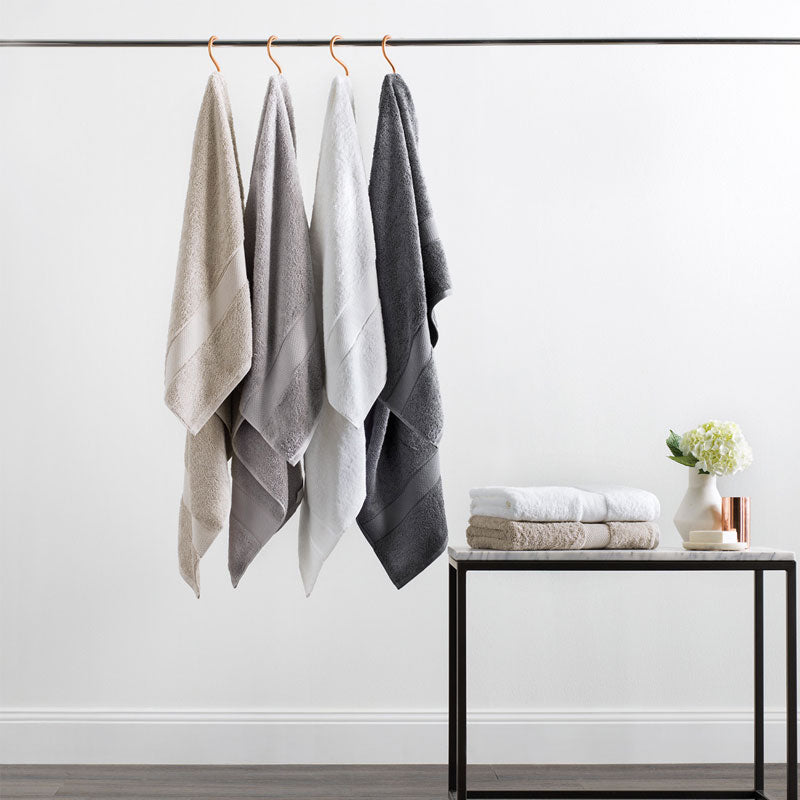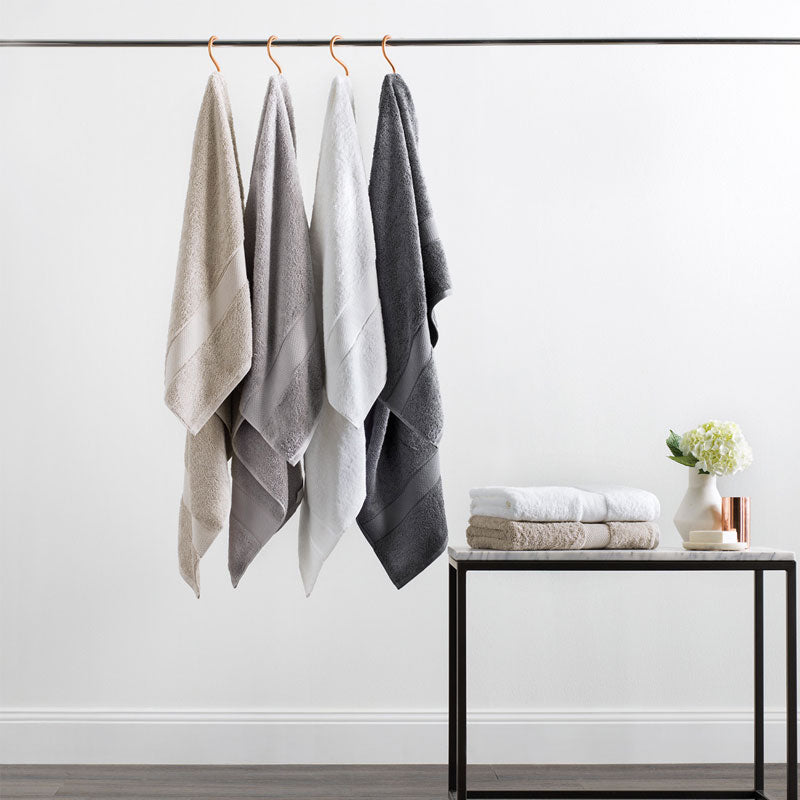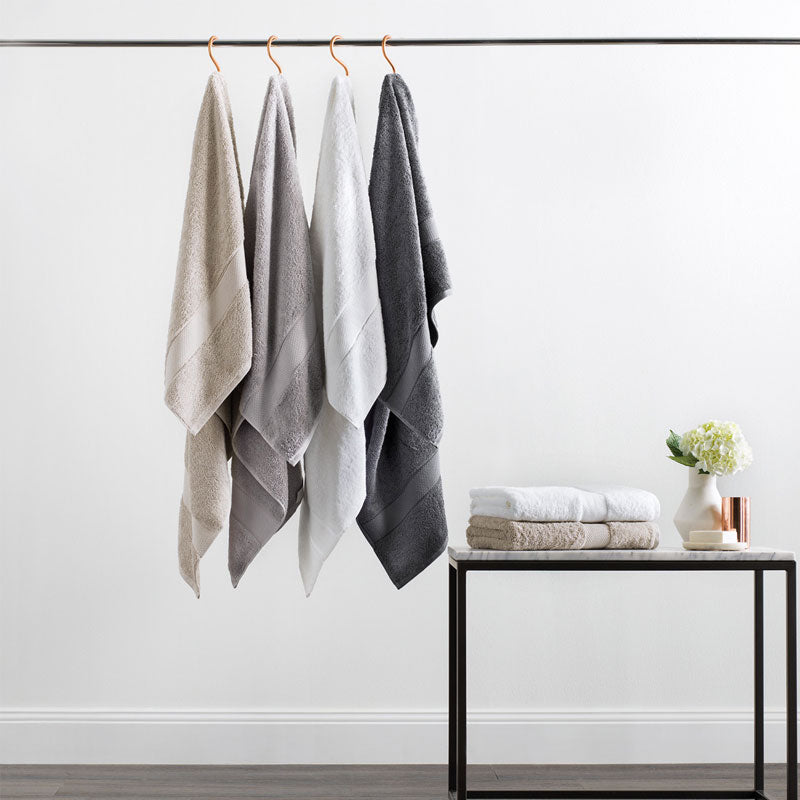Have you ever wondered if your bedding is actually helping you sleep better? With so many opinions out there about the “best” bedding, it’s easy to get confused. Whether it’s about thread count, mattress materials, or how often you should change your sheets, myths about bedding are everywhere.
In this blog, we’ll break down 9 common bedding myths to help you make informed decisions. You’ll learn the truth behind thread count, memory foam, washing habits, and more.
Myth #1: Thread Count Equals Quality
Higher Thread Count Doesn't Always Mean Better Bedding
It’s often said that higher thread count equals better bedding, but that’s not always the case.
Material Matters More
Thread count refers to the number of threads woven into a square inch of fabric. While it might seem like higher numbers are always better, the type of fabric plays a bigger role. For example, Egyptian cotton and bamboo cotton offer a much softer and more durable feel than cheaper, high-thread-count options
Quality Over Quantity
Some manufacturers use double-ply threads to artificially inflate thread count without actually improving quality. So, instead of focusing on thread count, look for high-quality materials and craftsmanship in your bedding.
Myth #2: You Don’t Need to Wash Bedding Often
Regular Washing is Key to a Healthy Sleep Environment
Some people believe that washing bedding every month or two is enough. However, that’s not true if you want a healthy and clean sleep environment.
Dust, Dirt, and Allergens Accumulate Quickly
We spend hours in bed every night, and our bedding collects dust, skin cells, and sweat over time. This buildup can attract dust mites and trigger allergies if not cleaned regularly. Washing your sheets and pillowcases every 1-2 weeks can help reduce allergens and keep your bed fresh.
Fresh Bedding Leads to Better Sleep
Clean sheets not only improve hygiene but also provide a fresh, crisp feeling that can enhance your sleep quality. Who doesn’t love the sensation of slipping into freshly washed sheets?
Myth #3: Memory Foam Mattresses Are Perfect for Everyone
Memory Foam Isn’t Always the Best Choice
Memory foam mattresses are popular, but they aren’t the ultimate solution for everyone’s sleep needs.
Memory Foam Can Be Hot
While memory foam molds to your body, it tends to trap heat, making it uncomfortable for hot sleepers. If you’re someone who easily overheats at night, you might prefer a latex mattress or one with better airflow.
Not Ideal for People Who Need Firmer Support
Memory foam is soft and offers great pressure relief, but if you need more support for your back or joints, a firmer mattress like spring or hybrid mattresses might be a better fit.
Myth #4: Down Bedding is Too Hot for Summer
Down Bedding Can Work Year-Round
There’s a misconception that down bedding is too warm for summer, but that depends on the weight and type of down used.
Lightweight Down Comforters Are Breathable
Lightweight or summer-weight down quilts are designed to provide just enough warmth without causing overheating. They are breathable and perfect for maintaining a comfortable sleeping temperature during warmer months.
Down Regulates Temperature
Down is excellent at temperature regulation, meaning it helps keep you cool when it’s hot and warm when it’s cold. It’s all about choosing the right weight for the season.
Myth #5: All Cotton Bedding is the Same
Not All Cotton is Created Equal
Many assume that all cotton bedding is alike, but there are significant differences depending on the type of cotton used.
Egyptian and Bamboo Cotton are Superior
Egyptian cotton is known for its long fibers, which result in a softer, more durable fabric. Bamboo cotton, another great option, offers a blend of softness and breathability, making it ideal for people with sensitive skin.
Regular Cotton Can Wear Out Quickly
Lower-grade cotton can wear out after repeated washes, losing its softness and becoming rough over time. Opting for higher-quality cotton can extend the lifespan of your bedding.
Myth #6: You Don’t Need to Replace Pillows Often
Pillows Lose Support Over Time
Pillows may seem like they last forever, but they should be replaced regularly for optimal comfort and support.
Pillows Lose Shape and Support
Over time, pillows lose their ability to support your head and neck, leading to discomfort and poor alignment. Experts recommend replacing pillows every 1-2 years to ensure proper support during sleep.
Old Pillows Accumulate Allergens
Pillows also collect dust mites, dead skin cells, and allergens. Using old pillows can trigger allergies and affect your sleep quality, so it’s essential to replace them regularly.
Myth #7: Higher-Priced Bedding is Always Better
Price Doesn’t Always Reflect Quality
Many people assume that expensive bedding automatically means higher quality, but this isn’t always the case. You can find affordable bedding that’s both comfortable and durable without the hefty price tag.
High-Quality Materials at Lower Prices
It’s entirely possible to find bedding made from premium materials like Egyptian cotton or bamboo at reasonable prices. These fabrics are known for their softness, breathability, and durability, which means you don’t have to spend a fortune to enjoy luxury-like comfort. Some budget-friendly brands focus on sourcing quality materials while keeping costs down.
Expensive Doesn’t Always Mean Long-Lasting
Just because bedding is expensive doesn’t guarantee it will last longer or be more comfortable. Higher-priced bedding can sometimes involve paying for the brand name rather than the actual quality of the materials. Always look at factors like fabric type, thread count, and customer reviews rather than relying solely on price to determine bedding quality.
Myth #8: Allergy-Free Bedding is Only for Allergy Sufferers
Hypoallergenic Bedding Benefits Everyone
It’s easy to assume that hypoallergenic bedding is only for people with allergies, but that’s not the case.
Prevents Dust Mite Build-Up
Better for Skin Health
Using hypoallergenic materials can also help prevent skin irritation and breakouts, benefiting anyone who wants to maintain healthier skin while they sleep.
Myth #9: One-Size-Fits-All Bedding Works for Everyone
Bedding Should Match Your Sleep Style
Many people think that any bedding set will work for them, but in reality, bedding needs to suit your personal sleep style.
Different Sleepers Have Different Needs
Side sleepers, back sleepers, and stomach sleepers all require different bedding to support their bodies properly. For example, side sleepers may need softer pillows for neck support, while back sleepers benefit from firmer mattresses.
Temperature Regulation is Key
If you’re a hot sleeper, look for cooling bedding options, such as bamboo sheets or lightweight comforters. Cold sleepers, on the other hand, might prefer flannel sheets or thicker quilts.
Frequently Asked Questions (FAQ)
How often should I replace my mattress?
Experts recommend replacing your mattress every 7-10 years, depending on wear and comfort.
Are down quilts hypoallergenic?
Some down comforters are treated to be hypoallergenic, but if you’re sensitive, look for synthetic down alternatives.
What’s the best way to care for bamboo sheets?
To maintain their softness, wash bamboo sheets in cold water and avoid harsh detergents.
Bedding myths can often lead to confusion, but now that you know the truth behind these common misconceptions, you can make smarter decisions for a better night’s sleep. From the importance of material over thread count to the benefits of hypoallergenic bedding, being informed is the first step to creating your ideal sleep environment.
Ready to upgrade your bedding? Explore our range of high-quality sheets, quilts and comforters there is truly something for everyone.











